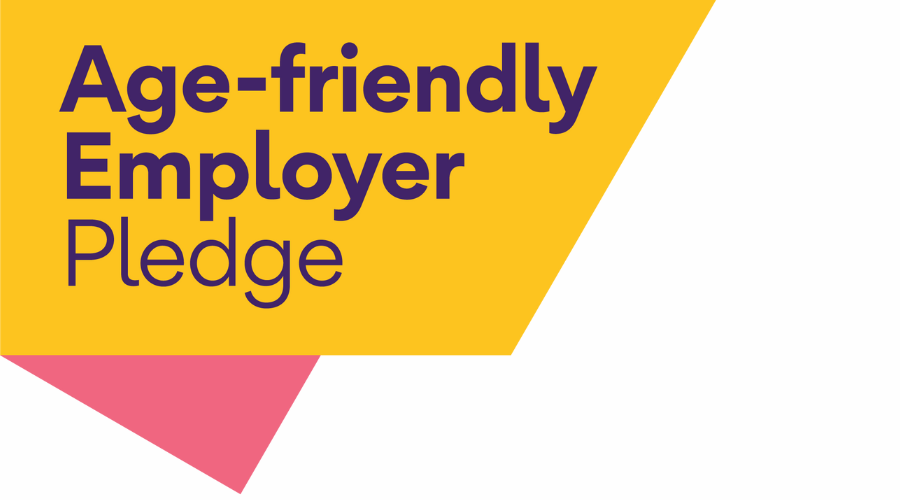
Support teams continue to face significant challenges in 2025, with many still navigating th...

Support teams continue to face significant challenges in 2025, with many still navigating th...

Many professionals, especially in the non-profit sector, are quietly dealing with a growing ...

Over the past year, we’ve seen a subtle but significant shift in recruitment, driven not by ...

